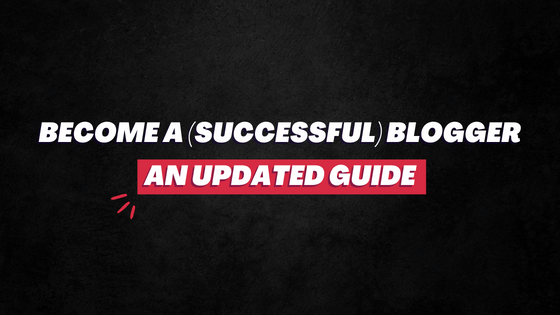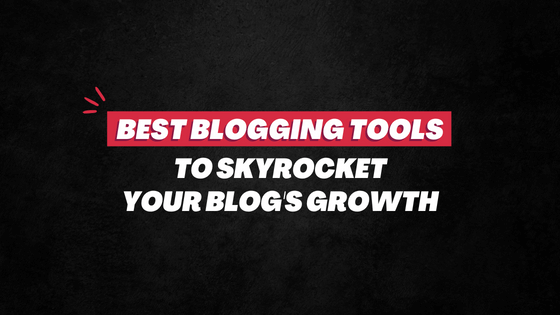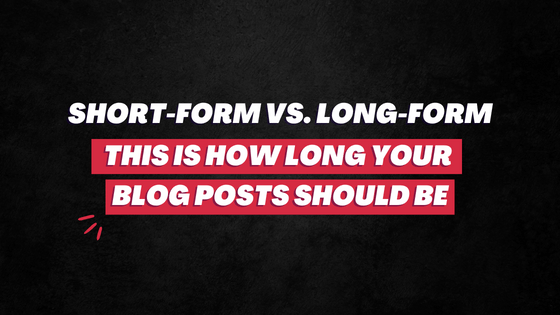But there are a few things that are killing that dream… as well as your entire blog.
And the worst part?
You don’t even have a clue about it.
(You would know about it only when your traffic has hit the rock bottom, revenue has zeroed and now you’re looking for “other career opportunities”.)
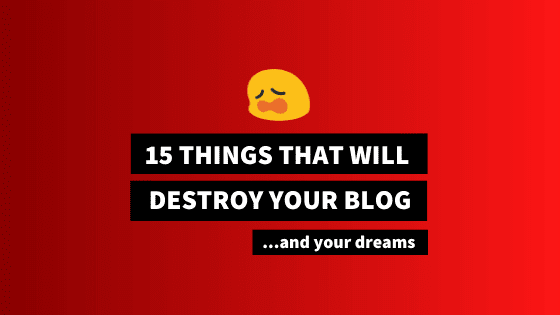
If you want to become a successful blogger, you’ve got to keep your eyes on these 15 things that can potentially destroy your blog:
1. Bad Quality Content
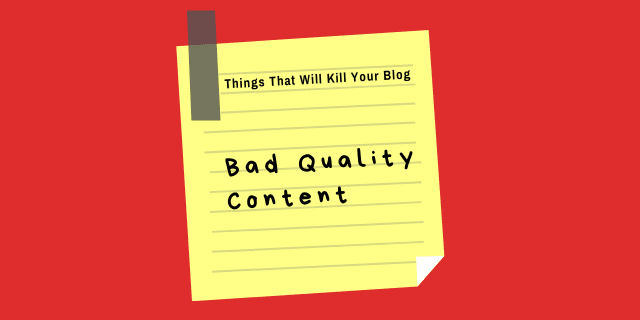
It’s no surprise that this is the biggest enemy of your blog.
If you aren’t producing high-quality, relevant and engaging content, you have “FAIL” written all over your blog.
However, the problem here is that it’s difficult to measure the quality of the content.
It’s difficult to know for sure if your published articles are really as good as you think or are they just outright poor in quality.
For that, read: 14+ Warning Signs Your Website Had Bad Quality Content
For bloggers, good quality is a fundamental component of growth and sustainability.
This doesn’t mean they need to champion grammar and punctuation.
It simply means that their blog posts must bring high-value to the table for the target audience.
Reading other blogs and consuming contents of your successful competitors on a VERY regular basis can help you have a fair idea of what high-quality content really means.
2. Not Building Email List
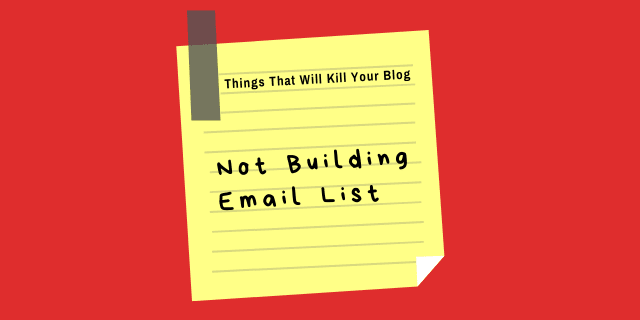
An email list is the backbone of a flourishing blogging career.
Sadly, today, many bloggers are obsessed with making money through affiliate products. They fail to recognize the limitless possibility of making money through an email list.
So, most of them do not even try building an email list in the first place.
And those who do, they do not try to keep those email subscribers engaged.
Does your blog has prompts to collect visitors’ email address?
If yes, do you send emails to those subscribers on a regular basis?
The email list is the asset that you have full control over.
You can use it tactfully to drive income whatever business model you have opted for… affiliate marketing, selling your own book or something else.
In fact, primarily, on the back of an email list did Yaro Starak manage to hit the $2 million mark in sales of his products over a decade.
Collect emails. Have multiple opt-in forms on your blog. Offer “lead magnets” or “freebies” (like eBooks) to convince visitors to give their email.
3. High Website Loading Time
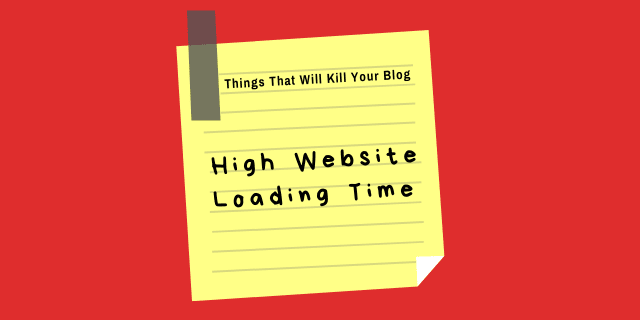
You know these numbers…
- A 1-second delay in page load time means 11 percent loss in page views.
- A 1-second delay in page load time means 7 percent reduction in conversion.
- 64 percent of mobile users expect pages to load in less than 4 seconds. Sadly, on average, a mobile page takes 15 seconds to load.
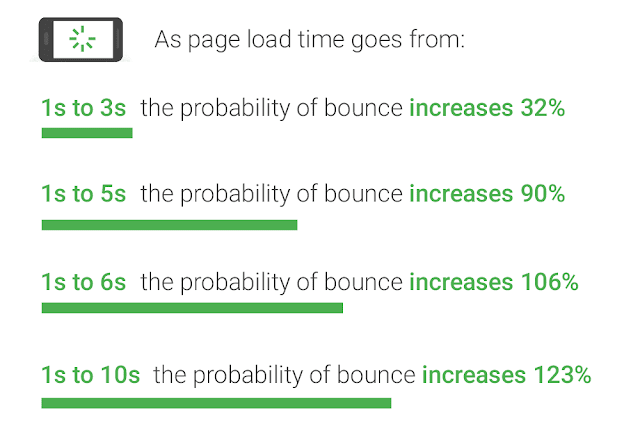
It’s essential that your blog loads fast.
This is even more critical if you’re in a highly competitive niche. If your blog loads slower than your competitors, it’s going to be extremely difficult to beat them in SEO.
Check the speed of your blog on GTmetrix. If the loading speed is more than four seconds, focus all your energy in reducing that time.
Recommended Read: Website Speed in SEO: Does Your Site Load in 2 Seconds?
4. Writing On Things That Nobody Care About
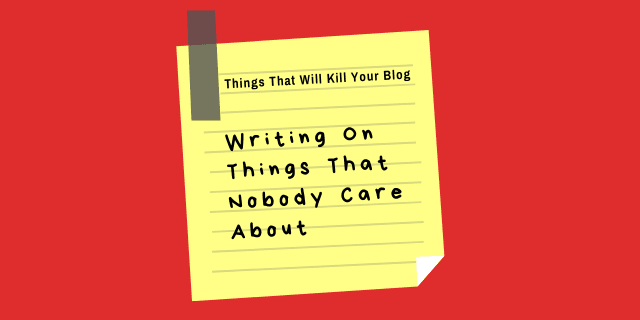
Bloggers must create a buyer persona. And then outline an editorial calendar accordingly.
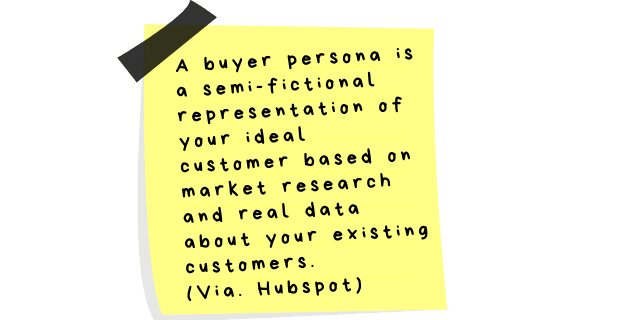
But the majority of them don’t do these.
The end result?
They are not very clear about who their target audience is, what they like, what kind of problems they have and what kind of solution they are looking for.
And since they don’t have the answers to these questions…
- First, they don’t know what to write about.
- Second, even when they are writing about something, it doesn’t have data validation.
So, what happens is that they end up writing a bunch of articles that nobody cares about.
While the content may be of great quality, it doesn’t have the necessary market demand.
And even if it does have the demand, the supply is dominated by the top brands who are usually difficult to beat.
Identify who’s your target audience and what solutions are they looking for. Create an editorial calendar with topics that revolve around those “solutions”.
5. No Social Media Presence
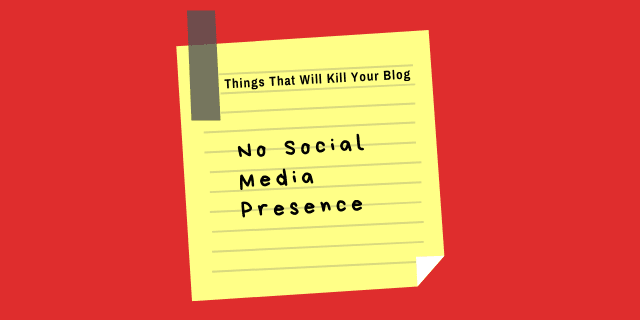
It’s difficult for new blogs and articles to get ranked on Search Engine Result Pages (SERPs) quickly even when you have taken all the possible SEO steps.
So, in the early stages, in particular, you would need to rely on another major source of traffic: social media.
And not just traffic! An active presence on social media helps build brand value and trust.
This, then, further goes to bring many other benefits, right from high lead generation to improved conversion (And, of course, it helps in business sustainability!)
You’re missing all these benefits if you have no or poor social media presence.
As much of a drag and tedious it may look, in this day and age, social media marketing is essential… even when your SEO game is ace.
Actively work to improve your presence on social media platforms. Post content on Facebook, Twitter, Instagram, LinkedIn, and other relevant channels frequently.
6. Lack Of Images And Videos

Images are an important part of SEO. Well-optimized images improve the discoverability of your website.
However, they have another benefit… a bigger (yet underrated) one.
They help improve UX.
Seeing never-ending lines of texts usually feel quite overwhelming.
Including visual distractions between them not only add value to the texts but also provide readers with the space to breathe, understand the content they have consumed and then move forward to read the next portion.
So, if you aren’t including images in your content, you’re basically ruining its engagement factor.
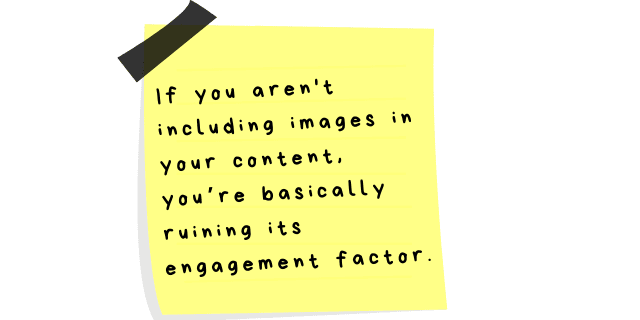
And at a time when the human attention span is less that of a goldfish, if you aren’t successful in keeping the website visitors engaged, all your metrics will be in red.
Just like images, videos play a similar role.
Embedding relevant video in your content can add more value and engagement factor to it.
All these combine to deliver the visitors a good User Experience.
Wherever needed, or wherever you deem fit, include images, videos, Infographics and any visual component to your text-based content.
Recommended Read:How Many Images to Use In A Blog Post?
7. Copying Contents (And Other Bloggers)
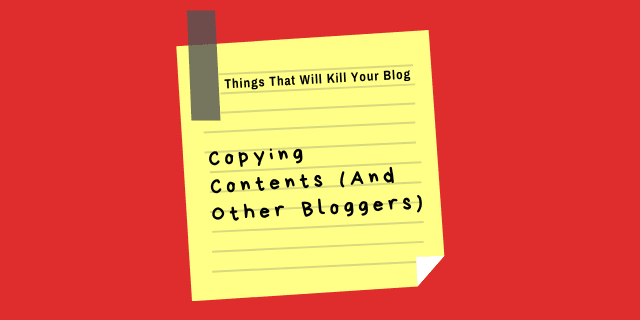
There’s a very fine line between taking inspiration from and copying others.
I am a big proponent of learning from top competitors and beating them in their own game.
However, when you copy everything from others – from design to content – you’re basically killing your brand’s exclusivity.
(Besides, copying others’ content, indirectly, negatively affect SEO.)
And this is bad… Even more so if you manage to pop a bit. You will always be known as a person who copied others.
So big is this problem that I have seen many people even copy the original names of top brands and bloggers with minor tweaks.
Harsh Agarwal (@DenHarsh) of Shout Me Loud is one of India’s top bloggers. I have seen many bloggers copying his domain name, as well as social media username.
While as flattering as this may be for Harsh, it’s definitely not quite good for those who do this.
Do not go overboard when learning from your competitors. Define that line between taking inspiration and copying. Copying is easy. But remember, it’s also going to destroy your blog’s sustainability by hurting its brand credibility and exclusivity.
8. Cluelessness About SEO
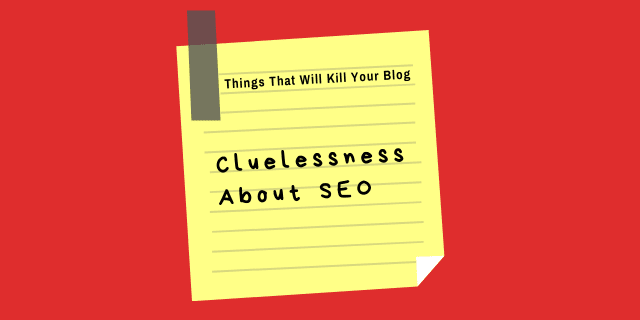
You don’t need to be an SEO expert.
But then if you want to become a successful blogger, it’s essential to have a workable knowledge of search engine optimization.
Fortunately, talking about the basics, there isn’t much to learn about.
The four key components of SEO you must focus on include:
- Keywords research
- Internal link building
- External link building
- Good-quality content
(Of course, there’s plenty more!)
Recommended Read: How To Learn SEO at Home (And Become A Pro)
Knowing even the basics of SEO unlocks you with plenty of opportunities to generate organic traffic and leads.
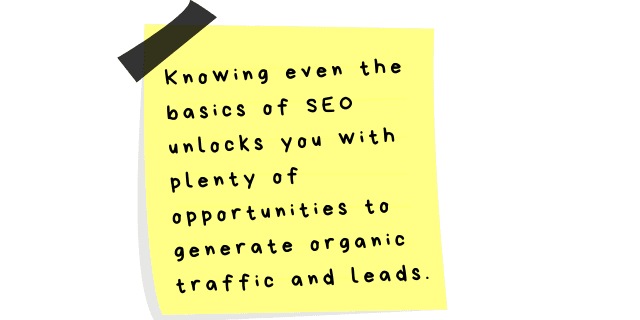
Otherwise, when you’re passive with your optimization approach, you are just leaving a lot of rewards to the table.
Read the guides. Analyze how top names in your industry approach SEO. Follow their strategies. This learning process will take time. Also, it demands your execution. Meaning, don’t just read, execute and understand.
9. Never Guest Blogging
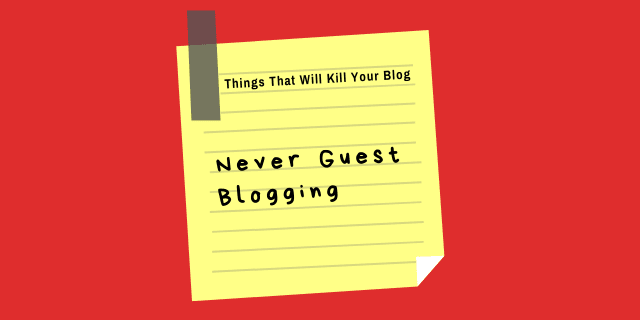
Today, there are only a handful of off-page SEO techniques that work and are white-hat.
Guest blogging is one of them. And it’s essential.
You must regularly write for other websites… at least in the early stages of your blogging journey, to amass a good number of backlinks.
In addition, guest blogging on others’ websites also unlocks your brand the exposure in front of a targeted audience. They will know who you are. And with repeated exposure, they would even unconsciously start trusting you.
Moreover, if you have provided this audience high value for their time through this guest post, it can even drive you direct traffic.
Guest blogging gives you the opportunity to get outside the bubble of your own platform to proactively win attention.
If you aren’t doing this, unless your on-page SEO is perfect, you’re slowly killing your blog.
Google “Write for us + (your niche; like ‘digital marketing’). You will find websites that accept guest posts. Visit each of them, check out their requirements and then write for them that fit your needs.
10. The Boring Headlines
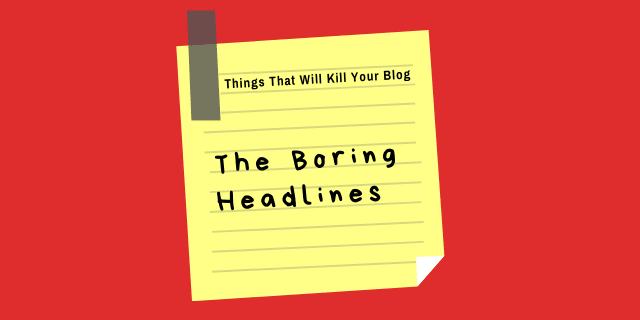
No matter how incredible and helpful your article is, no one will read it if its headline is bad.
Because no one is going to click on it in the first place.
Here’s a boring stat that you might have heard plenty of times…
8 out of 10 people will read your headline and only 2 people will go on to finish the article.
This number might be contentious but it does put the context quite clearly.
When you Google a query, there’s a good chance you will click on a result whose headline appealed you the most.
Meaning, you liked a result because you liked its headline. This doesn’t mean the other results don’t have a solid content inside; they just don’t have an appealing headline comparatively.
So, we don’t really need a number from any survey to prove just how important the title is.
There’s a reason why websites like Buzzfeed and Upworthy are famous for their headlines and why their content go viral.
If you aren’t taking time to come up with good headlines, all your efforts of creating high-quality content are literally going in waste.
Spend at least 10 minutes coming up with multiple headlines for your articles. Keep in mind the kind of people you want to click on the result and the problems they have – NOT the keywords.
Recommended Read: Write Clickable Headlines: 9 Best Practices For Bloggers
11. Inconsistency
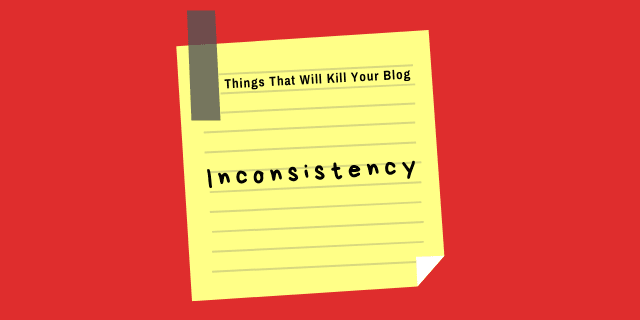
This is possibly the biggest and most common reason why so many bloggers eventually fail.
Blogging is a long-term game that requires hard work, consistency, and patience.
Sadly, many bloggers can’t keep up with this. There are many reasons why…
- They publish content irregularly and use social media at luxury.
- Seeing no rewards in “3 months”, they lose the seriousness of being a successful blogger.
- They don’t have the right long-term plan. So, they get lost on the way.
- They are confused and uncertain because they aren’t blogging on something that they are passionate about. Instead, they have picked a niche that will possibly make them more money.
- They don’t like working hard.
This inconsistency kills all their efforts of building a reader base, email list, and brand image.
So their flight never takes off the ground.
It’s not going to be easy. Especially when the traffic is going down and nothing good seems to be happening. You’ll wonder whether you should even be a blogger or not.
Sidestep all these doubts and obstacles… Be very consistent in every aspect of blogging: publishing new content, community management, more.
12. No Long-Term Plans
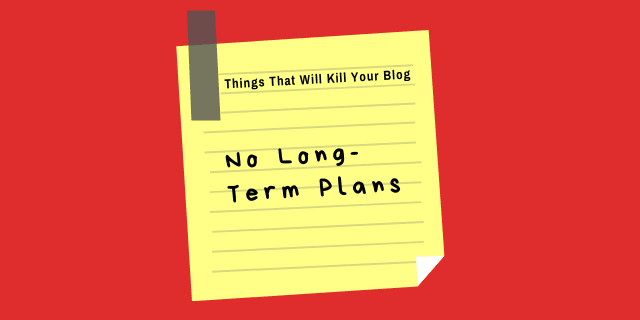
Consistency, motivation, and interest in the process – it all comes when you’re working with a purpose and plan.
Sadly, the majority of the bloggers don’t have a well-defined plan except for “I want to make money”.
To navigate yourself in the right direction towards your goals, you need a definite long-term plan.
You need answers to critical questions like…
- How much more traffic should your blog generate in the next one year?
- Where will you be as a blogger in the next 10 years?
In the lack of a plan, you will never have the right course of action to achieve your short and long-term goals.
Outline short and long-term goals. And then create a plan (along with a timeline) explaining how you’re going to reach those goals. Write this on a piece of paper and read it every day.
13. Being Too Fancy To Respond
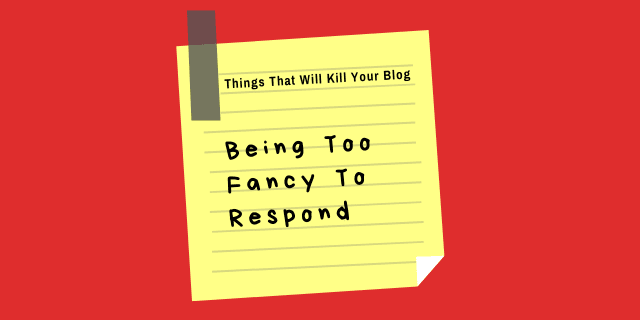
Visit the blog of any top and successful blogger. Scroll down to the comment section. You will find them engaging with the commenters.
Even if not exactly “engaging”, you will at least find them with the humility to thank the readers for consuming their content.
You will also find many of them taking out time to talk to people on social media.
WHY? Why do they do this even after becoming a micro “hotshot”?
Because engagement thrives growth and sustainability.
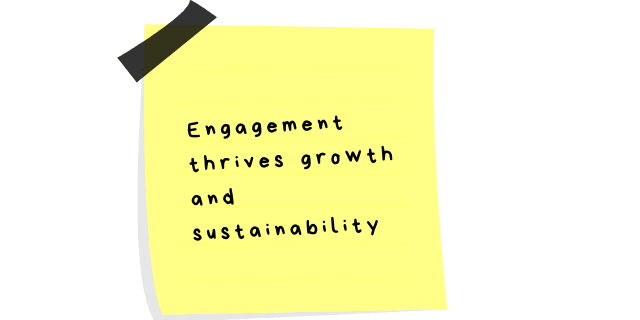
When you make people feel special through good conversations, you’re guaranteed a good return.
Because now they won’t just like you, they would love you instead. They would become your fan, which would then cascade to bring you more rewards.
On the contrary, if you’re too fancy to respond to your visitors and audience, you will end up creating a bad brand image for yourself. And this will hurt your blog’s growth and sustainability.
Respond to people. Engage with your target audience with an intent to provide them more value. If you’re on Instagram, make it a point to reply to every comment that people have left on your posts in the last one month. Do it!
14. Not Following The 80/20 Rule
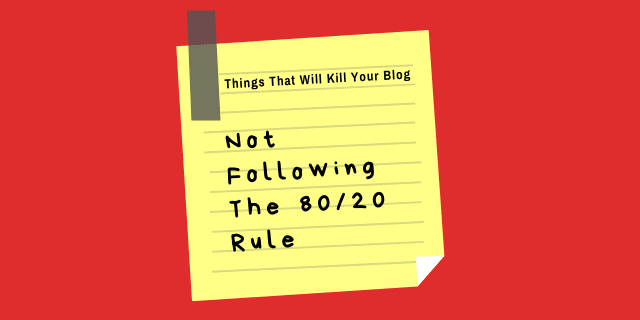
The Pareto Principle states that 20 percent of what you do accounts for 80 percent of what you get.
Opposite, this means, 80 percent of what you input yields only 20 percent of the outcome.
This 80/20 rule fits well in blogging.
The majority of the result that you’ll see will come from only a small portion of your work.
And this is quite evident for many bloggers…
- A large portion of their organic traffic comes from only a handful of their rockstar, pillar content.
- A large portion of their income comes from only a few sources.
- A large portion of their referral traffic comes from only one or two social platforms.
This Pareto Principle in blogging simply means that you must divide your attention to different things very thoughtfully.
You shouldn’t pay your attention to everything equally. Because they won’t return you with equal rewards.
Instead, you must find your “20 percent” that would deliver you your “80 percent” rewards.
If not, you will end up spending too much time on things that don’t even matter.
This is another way of saying: You will be wasting a lot of your time. And this will destroy your blog and your blogging dreams.
Spend a large part of your energy and time on the most important things. Optimize and update your old content that brings high traffic. Focus on platforms where there’s higher engagement. Concentrate on keywords that bring you the highest quality traffic. Got it?
15. Just One Source Of Income
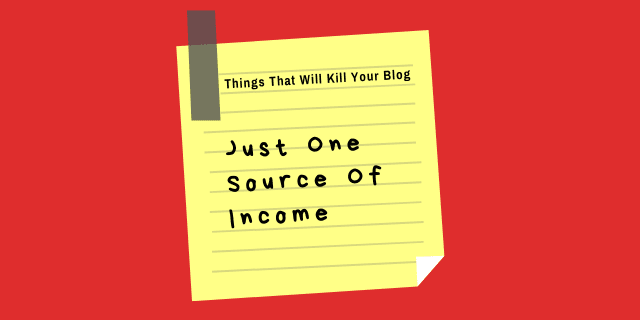
The income from your blog would be inconsistent… at least in the early stages.
Some months you will have your “best” sales. Others, you will go without even earning a dime.
This worsens if you’re relying on only one source of income.
What if your visitors don’t want to buy that eBook? What if they don’t want to buy that affiliate link? What if they don’t want to click on that banner ad? What if they don’t want to hire you as a consultant?
When you’re NOT providing your visitors with enough options to convert, you are limiting the chances of them bringing you optimum revenue.
You’re basically limiting your earning potential.
And while money isn’t necessarily everything, the lack of it will catch up and you will lose your interest in blogging. Because it failed to deliver your expectations of income.
Have multiple eBooks. Signup to multiple affiliate programs. Sell multiple courses. Place multiple ads on the page. BUT don’t look too salesy though. Focus on bringing value to visitors first.
Recommended Read: 21 Ways To Make Money From Your Blog
Conclusion
These are 15 things that destroy a blog and the blogger’s dream… Slowly and steadily.
Running a successful blog is not easy.
Making money from blogging, despite what so many articles suggest, is not easy.
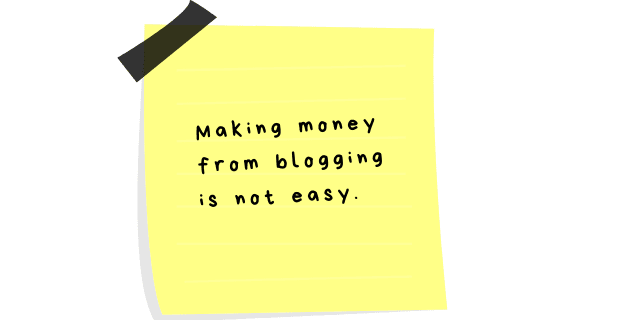
Until you have a team, which is far in the future when you can afford it – there are too many things you will need to handle alone.
You will feel overwhelmed, frustrated and de-motivated.
And when the money isn’t coming, you will even wonder if blogging is the right path for you.
Honestly, it might not be the right path…
Recommended Read: 10 Critical Signs That Blogging Is Not For You
BUT if it is, things are not going to be very easy.
There are so many ways to get it wrong. There are so many things that can destroy your blog, including the above-mentioned 15.
You’ve got to be careful, smart and keep pushing.
If you want to become a blogger, I hope this post brought value to your resolution. If you need more help, feel free to contact me.
Tweet to Spell Out Marketing – Click Here.
Or, just email me! 🙂
